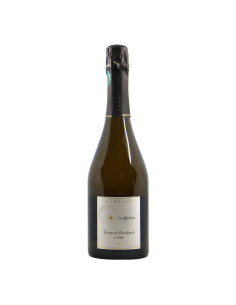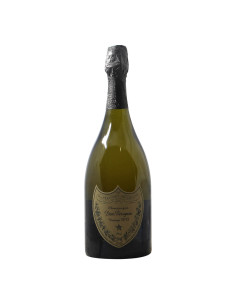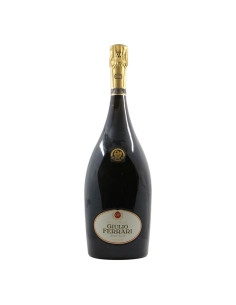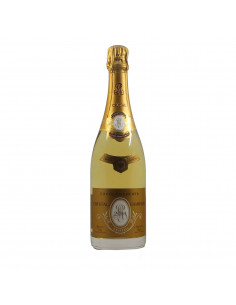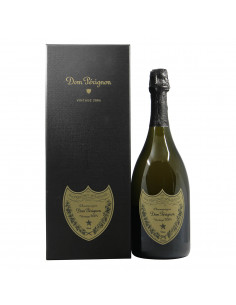Bubbles Wines

Bubbles: an effervescent journey through Prosecco, Franciacorta, Alta Langa and much more
The bubbles group together a wide range of wines with more or less fine perlage that, dry, sweet or fruity, accompany some of our most pleasant moments as aperitifs, after dinner and, why not, even whole meals.
The bubbles, French or Italian as they may be, are immediately distinguishable from each other for their appearance clearly visible to the naked eye: the fineness and persistence of the pérlage, that is the size of the bubbles (whether small and fine or coarser) and for their quantity, to make it simple, in the generality of their effervescence. These first, big differences will make us immediately understand if we are looking at an elegant champagne or a fragrant prosecco.
The winemaking methods of bubbles are mainly two: the Classic Method and the Charmat Method, which give wines their particular effervescence because, initially, any bubble is born as a classic wine to which the bubbles are then given later.
Bubbles: the Charmat Method
The Charmat Method was invented by the Astigiano Martinotti, in short it is an all-Italian method, although its name comes from the French Eugéne Charmat who was the one who patented the equipment necessary for the activation of Martinotti's method.
The wine is fermented in autoclave at controlled pressure and temperature for a period ranging from 1 to 6 months, during which the yeasts transform the natural sugars into alcohol and carbon dioxide. The sparkling process, the gift of pérlage to the wine, takes place before the wine is bottled and is ready to be drunk.
Bubbles: the Classic Method
The Classical Method was born in the 17th century in France in the Champagne region, where it is called the Champenoise Method, and involves a much longer process than the previous one.
The bottles of wine are put to rest in a horizontal position for a period ranging from 6 to 30 months to allow the yeasts to activate.
After this first phase, the bottles are put to rest in an inclined position, with the neck facing down, and rotated 1/8 daily for the phase that is called Remuage.
The Remuage leads to the slow and progressive fall of the yeast towards the neck of the bottle, a position necessary for the next step.
After about 1 or 2 months of rest with screwing of the bottle daily, the yeasts will now be completely deposited on the neck thanks to the change of position of the bottle itself which, after this period of rest, will be almost vertical.
At this point the most particular phase of the Method, the Disgorgement or Degorment: with special machines the neck of the bottle is frozen (together with the yeasts inside it) and literally exploded so that the first part of the wine is expelled from the remaining body in the bottle together with the yeasts.
In order to compensate for the part of the wine that has allowed the expulsion of the yeasts, the bottle is topped up with the so-called Liqueur d'Expedition consisting of sugars and reserve wines, whose recipe is strictly segregated by each House because the mixing with the remaining body of the wine affects the taste and aroma. The great skill of the Maison lies in knowing how to mix this step with perfect balance.
The disgorgement confers sweetness to the sparkling wine, which is why in some cases, in order to obtain absolutely dry wines with no residual sugar, after the Degorgement the Liqueur d'Expedition is not added so as to give life to the sparkling wines that are called Pas Dosé or Zero Dosage, that is, totally free of sugar components.







